Have you ever flushed your toilet and heard that strange high-pitched whistling sound? It can feel annoying, confusing, or even a little worrying like something’s about to go wrong with your plumbing. If you’ve been thinking, why does my toilet whistle when I flush it? you’re not alone. Many homeowners run into this problem and wonder if it means a serious issue or just a small fix.
In this post, we’ll break down exactly why your toilet makes that whistling noise and what you can do about it. You’ll find simple explanations, easy fixes you can try yourself, and tips on when to call a professional. By the end, you’ll understand what’s happening inside your toilet and how to stop the sound for good.
Why Is My Toilet Whistling?
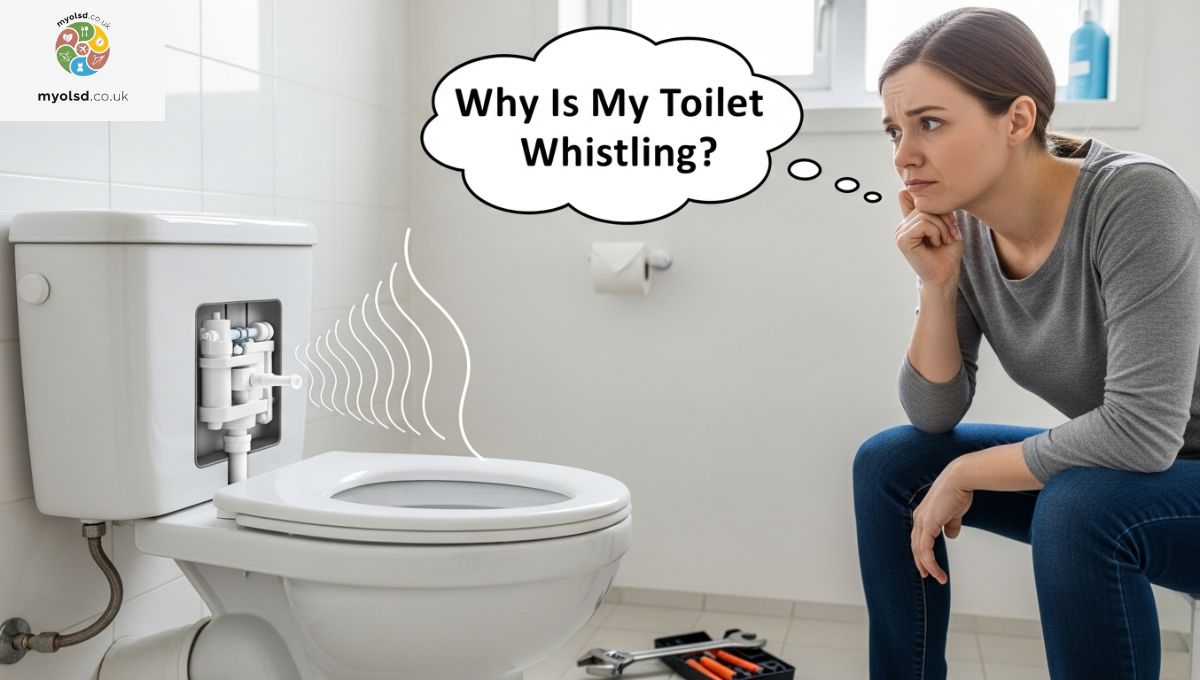
A whistling toilet is one of those odd household quirks that can drive you crazy. It’s especially frustrating when it seems to get louder over time or happens after every flush. This high-pitched sound is almost always coming from inside the tank, where water flows in to refill after you flush.
In most cases, the culprit is the fill valve the part of the toilet that controls how much water enters the tank. As the valve ages or parts wear out, it can vibrate or allow water to rush through tiny openings, creating that unmistakable whistling noise. Sometimes, issues like high water pressure, a partially closed water supply valve, or a clogged line can make the problem worse.
How Can a Whistling Toilet Be Fixed?
The good news is that a whistling toilet is usually easy to fix. For many homeowners, simply replacing the fill valve or adjusting the water pressure can solve the problem. Modern fill valves are inexpensive, made of plastic parts, and designed to prevent vibration and noise.
If you’re handy with basic DIY repairs, you can unscrew the old valve, install a new one, and adjust the float arm to the correct water level. This not only stops the whistling but also improves your toilet’s performance and reduces water waste. However, if the problem persists or you’re not comfortable working inside the tank, a professional plumber can handle it quickly.
Do You Need to Hire a Plumber?
Not every whistling toilet needs a plumber, but it’s worth considering if you’ve tried a basic repair and the noise hasn’t gone away. A skilled plumber can diagnose deeper issues, like a clogged water supply line, high water pressure in your home, or a worn-out flapper valve. They’ll also ensure your toilet isn’t leaking, wasting water, or at risk of bigger problems.
For example, some older homes in areas like Hamilton or Sacramento may have outdated ballcock assemblies or metal parts prone to corrosion. A plumber can replace these with modern, plastic valves that last longer and operate silently. It’s an affordable fix that can save you from bigger headaches later.
Read more Article: Why Is Block Blast So Popular?
Don’t Put Off Repairing a Whistling Toilet
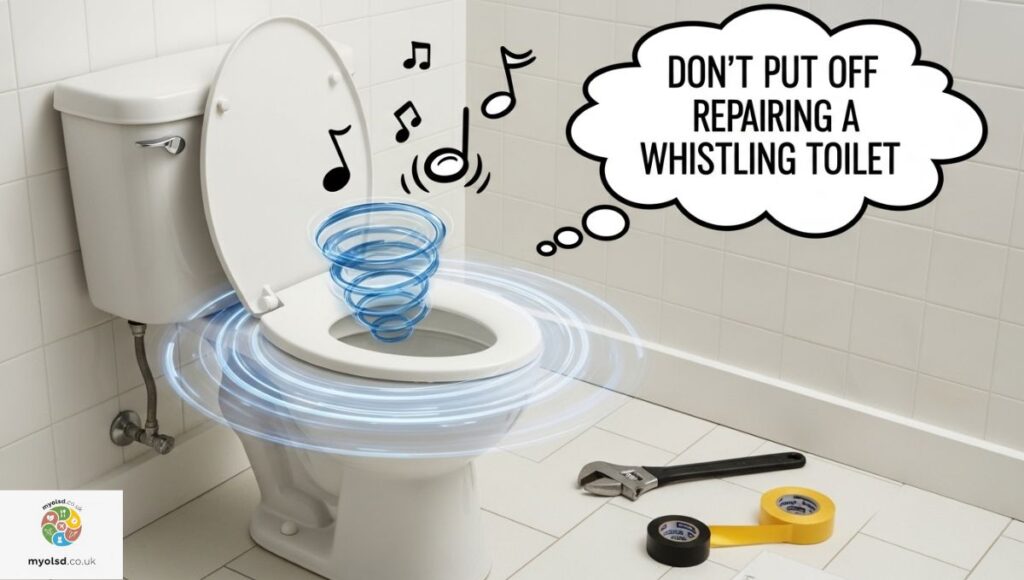
It might seem like just a noise, but ignoring a whistling toilet can lead to more than annoyance. Over time, the vibration that causes the sound can damage parts inside the tank, create leaks, or even lead to a bathroom flood if the valve fails completely. Plus, constant water flow or high pressure can increase your utility bills.
Fixing the problem now whether DIY or through a professional ensures your toilet stays efficient and quiet. Think of it like preventive maintenance for your bathroom, just like changing the oil in your car before the engine wears out.
Contact Wentworth Plumbing Today!
If your toilet is still whistling after you’ve tried a basic fix, it’s time to bring in the experts. Wentworth Plumbing specializes in residential and commercial plumbing solutions, including toilet repairs, valve replacements, and maintenance. Our licensed plumbers can quickly diagnose the problem and restore your bathroom’s peace and quiet.
Call us today or schedule an appointment online. We’re here to help homeowners across Ontario and beyond with affordable, reliable plumbing services.
4 Causes for a Whistling Toilet and How to Fix It
Sometimes the whistle can seem like a mystery, but it almost always comes back to one of a few common causes. Understanding them makes it easier to decide whether you can handle the fix yourself or need a plumber.
Understanding the Whistling Toilet Phenomenon
Inside your toilet tank, the fill valve controls how water enters after you flush. When parts inside the valve like gaskets or seals deteriorate, they can vibrate as water flows through. That vibration creates a high-pitched whistle, much like air escaping from a balloon. Mineral deposits, debris, or worn-out parts make the problem worse.
Causes of a Whistling Toilet
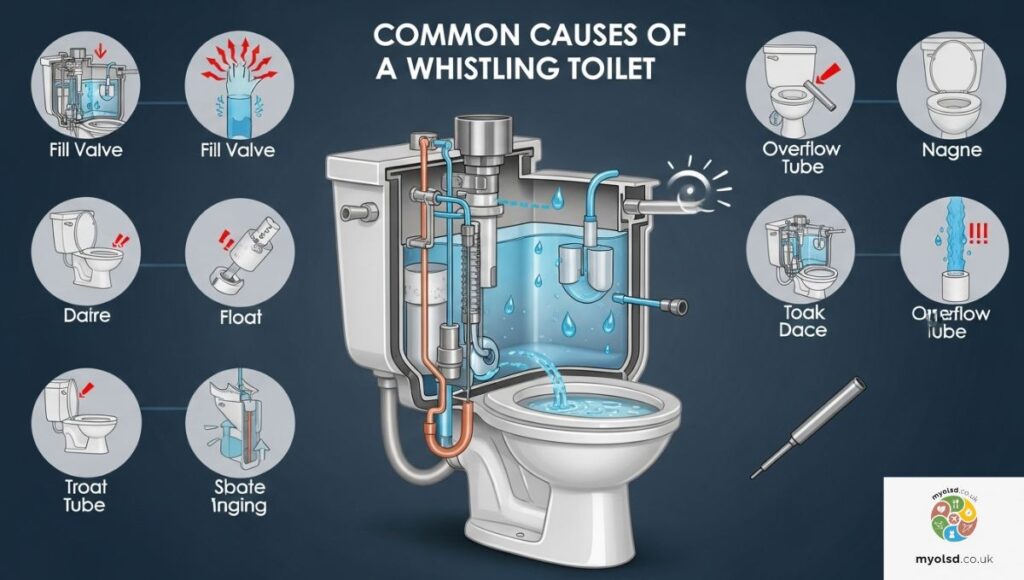
The most common causes include:
- A faulty fill valve or deteriorated gasket.
- High water pressure in your home.
- A partially closed water supply valve restricting flow.
- A malfunctioning ballcock assembly in older toilets.
- A loose or damaged fill valve letting water rush through unevenly.
High Water Pressure
If your water pressure is too high, it can push water through the valve faster than it’s designed to handle. This creates turbulence and vibration, which you hear as a whistle. High water pressure can also damage other plumbing fixtures, so it’s worth checking with a water pressure regulator.
Partially Closed Water Supply Valve
Sometimes the supply valve that feeds water to your toilet isn’t fully open. This restricts flow, creating turbulence and vibrations inside the fill valve. Simply turning the valve fully open can sometimes stop the noise immediately.
Malfunctioning Ballcock Assembly
Older toilets often use a metal ballcock assembly with a float arm. Over time, the ballcock can wear out and vibrate when water flows through it. Replacing it with a modern plastic refill valve is usually the best solution.
Loose or Damaged Fill Valve
If the fill valve is loose, damaged, or improperly installed, it may allow water to rush through tiny openings, creating that familiar whistle. Tightening or replacing the valve often solves the problem.
Fixing a Whistling Toilet: DIY Solutions
If you’re comfortable doing a little plumbing work, here are some simple fixes:
- Adjust the water pressure with your home’s regulator.
- Open the water supply valve fully to improve flow.
- Clean the fill valve and flapper valve to remove mineral deposits.
- Replace the fill valve with a new one if cleaning doesn’t work.
Most modern replacement valves cost under $20 and can be installed in under 30 minutes.
Preventative Measures to Avoid Future Whistling Toilet Issues
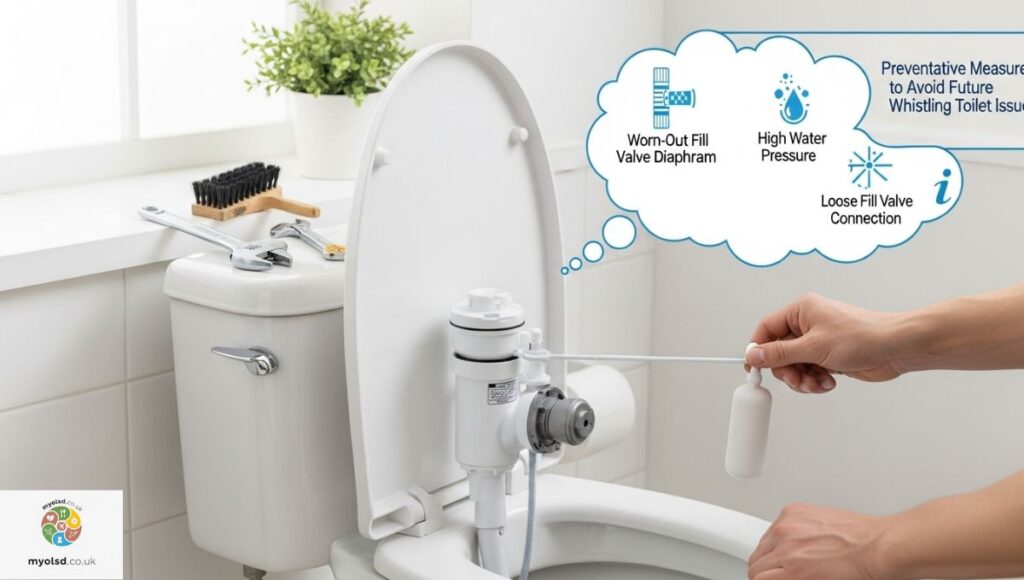
Regular maintenance helps keep your toilet quiet:
- Clean the fill valve and flapper every few months.
- Check your home’s water pressure annually.
- Adjust the float arm so the tank fills to the correct level.
- Replace old or worn-out parts before they fail completely.
These simple steps can save you time, money, and frustration.
Hiring a Professional Plumber for Whistling Toilet Repairs
If DIY fixes don’t solve the issue, a plumber can inspect your toilet and plumbing system. They’ll identify whether the problem is inside the tank or caused by something bigger, like a clogged water supply line. Hiring a professional ensures the repair is done right and prevents future issues.
Why Is My Toilet Whistling?
A whistling toilet isn’t just annoying it’s your plumbing system’s way of telling you something’s wrong. Most often, it’s a sign of a worn-out fill valve, but sometimes it points to high water pressure or a partially closed supply valve. Diagnosing the issue early can save you from costly repairs later.
How Does a Toilet Fill Valve Work?
The fill valve is like the gatekeeper of your toilet tank. When you flush, the float drops, opening the valve to let water in. As the tank refills, the float rises and gradually closes the valve, shutting off the water. If the valve or its gasket is worn, it can vibrate and whistle until it closes completely.
What Causes a Whistling Toilet?
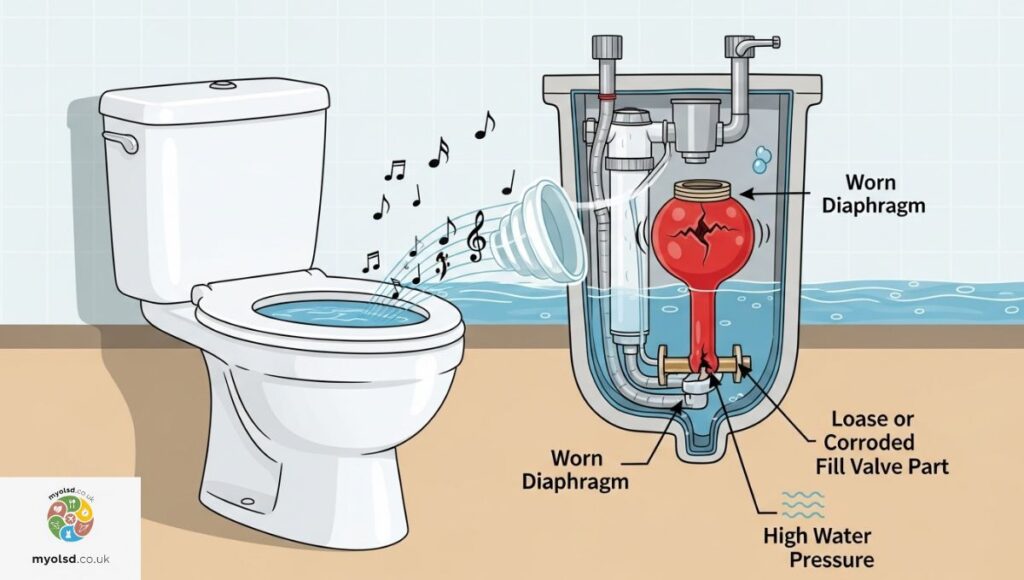
The main causes are:
- Deteriorated gaskets in the fill valve.
- High water pressure.
- Partially closed supply valves.
- Old metal ballcock assemblies.
- Mineral deposits clogging the valve.
How to Replace a Toilet Fill Valve
Replacing the fill valve is easier than you might think:
- Shut off the water supply and flush the toilet to empty the tank.
- Unscrew the old valve from the bottom of the tank.
- Insert the new valve, adjusting it to the correct height.
- Tighten it and reconnect the water supply line.
- Turn the water back on and test the flush.
This quick DIY project can stop your toilet from whistling and improve its performance.
Conclusion
Hearing a whistle after every flush can be frustrating, but now you know what’s behind it. Whether it’s a worn-out fill valve, high water pressure, or a partially closed supply valve, the fix is usually simple and inexpensive. If you’re unsure or the problem persists, a professional plumber can diagnose and repair it quickly.
Taking action now will restore peace and quiet to your bathroom and prevent bigger plumbing issues down the road.
FAQs
How to fix a whistling toilet flush?
Usually, replacing or tightening the fill valve stops the whistle. You can also check water pressure and make sure the supply valve is fully open.
What happens if you don’t fix a whistling toilet?
The noise can get worse over time and may lead to leaks, wasted water, or damage to internal parts of the toilet tank.
What does a whistling toilet mean?
It’s a sign that the fill valve, ballcock assembly, or water pressure is causing vibrations inside the tank.
Why does my toilet have a high-pitched sound after I flush it?
The high-pitched sound happens when water rushes through a worn or clogged fill valve, creating vibrations.
How to fix a screeching toilet?
Replace the fill valve or flapper, check the water supply line, and ensure the shut-off valve is fully open.
How do I get rid of the noise when I flush the toilet?
Clean or replace the fill valve, adjust water pressure, and make sure all connections inside the tank are tight.
Is it normal for a toilet to make noise?
Some noise is normal during refilling, but loud whistling, screeching, or banging signals a problem that needs fixing.
How to clean a toilet valve?
Shut off the water, flush the toilet, and use a soft brush or vinegar solution to remove mineral deposits from the valve.
How to tell if a toilet fill valve is clogged?
If water refills slowly, sprays unevenly, or whistles during filling, the valve is likely clogged or worn out.
How to clean valves without removing them?
Turn off the water and pour a vinegar solution into the valve area; let it sit, then flush water through to dislodge debris.
What do plumbers recommend to clean toilet tanks?
Plumbers often suggest using mild vinegar or a toilet-safe cleaner regularly to prevent mineral buildup and keep valves working smoothly.

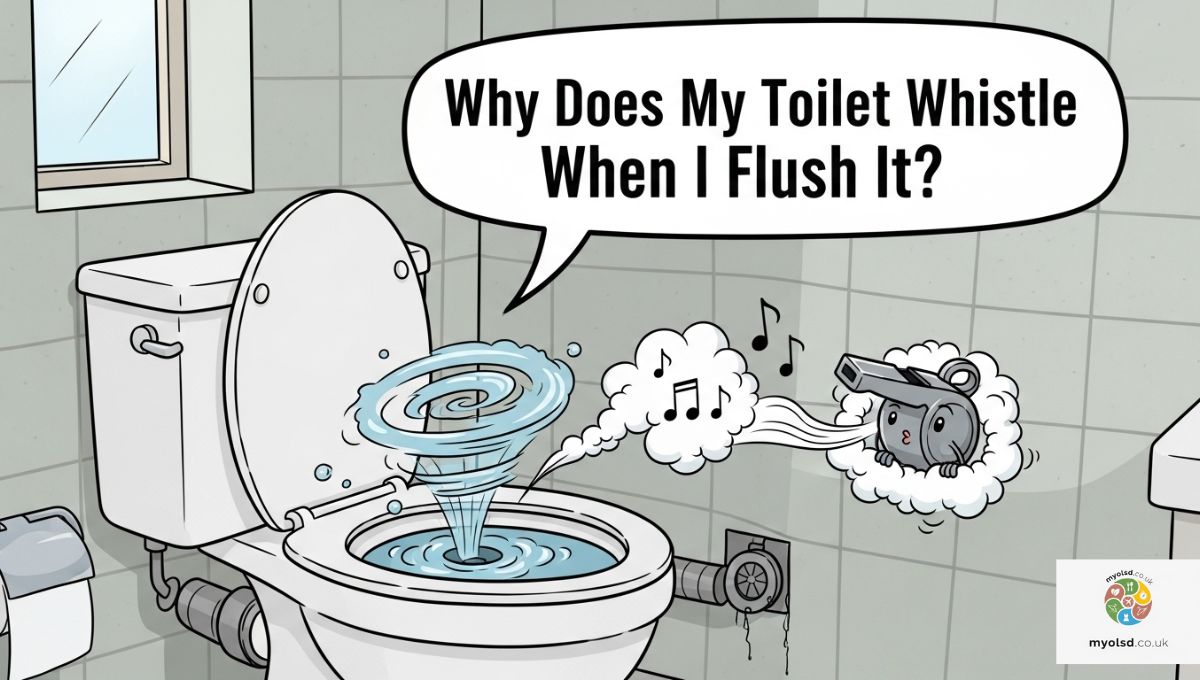
1 thought on “Why Does My Toilet Whistle When I Flush It? Causes & Easy Fixes”